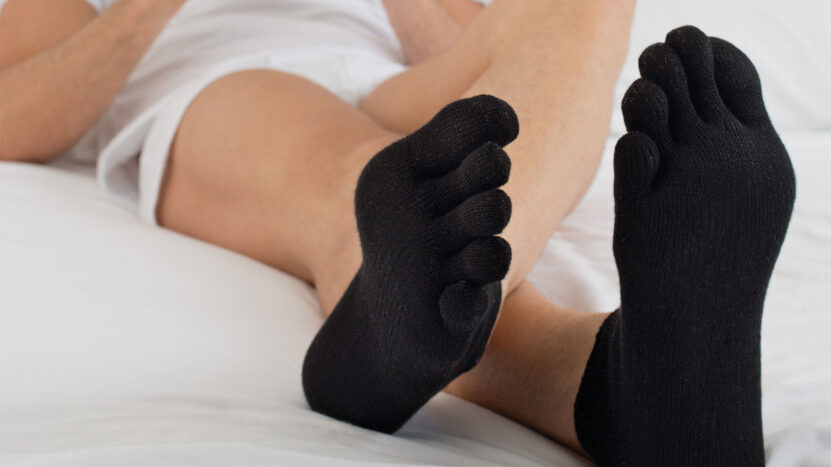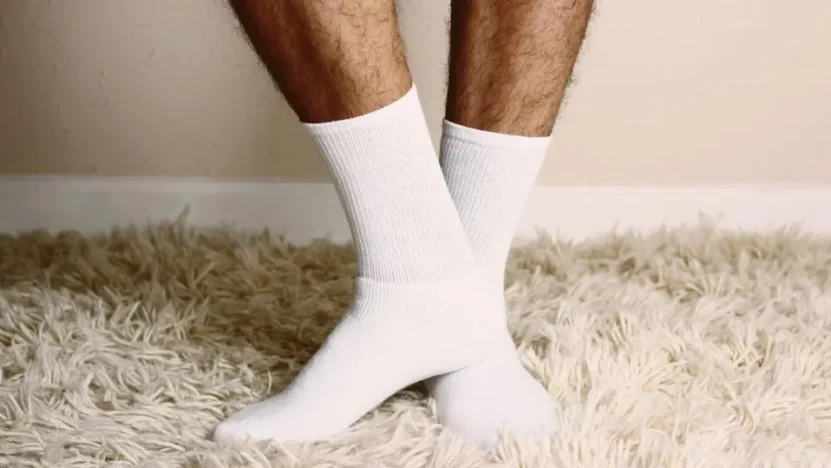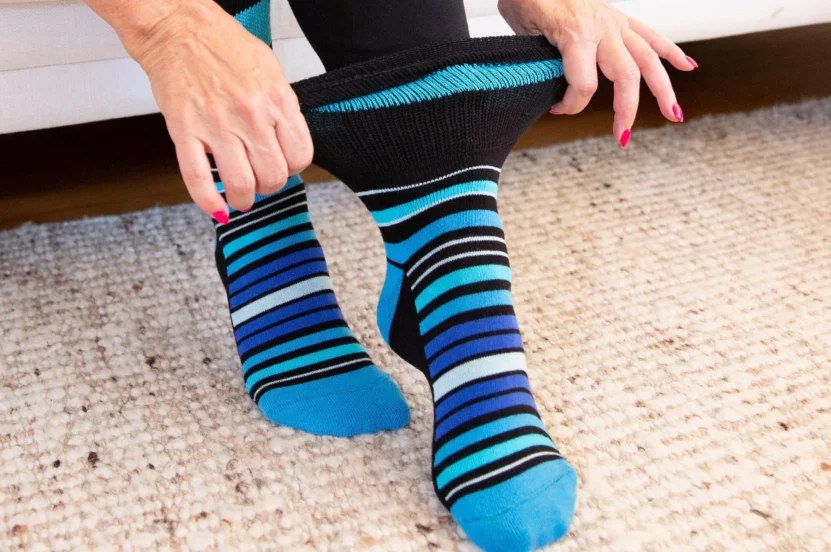While most might view socks as a fashion accessory or a layer against the cold, for people with diabetes, they serve a far more crucial purpose. The humble sock can significantly impact the health of a person dealing with this challenging disease. Why?
That is because diabetic socks offer features that standard ones simply don’t, aimed specifically at addressing the unique concerns that arise with diabetes. As an unexpected hero in the diabetic self-care journey, they deserve our full attention. Let’s delve deeper into the qualities that set these protective garments apart. For a great selection of women’s diabetic socks, check ecosox.com.
Seamless Construction for Comfort

Avoiding irritation and pressure points is essential for people with diabetes. Enter seamless diabetic socks, the ultimate ally in preventing discomfort. Traditional pairs typically have seams at the toe, which can rub against the skin and cause blisters or ulcers. Diabetic socks are constructed differently. Crafted with a unique design, they lack the pesky seams that could lead to these complications.
As such, the seamless construction makes them ideal for those who may have nerve damage or neuropathy – conditions often associated with diabetes. The reason is that those with decreased sensation in their feet may not notice small injuries. By avoiding any possible friction point, they provide an invaluable layer of protection. This level of comfort and care is one of the first compelling reasons to consider them.
Moisture-Wicking Properties
Diabetic socks are no ordinary piece of attire; they are designed with the user’s health in mind. The moisture-wicking feature plays a crucial role in maintaining a dry and healthy environment for the feet. By rapidly drawing moisture away from the skin, they can help prevent fungal infections and other related complications.
Moisture is not always due to sweat. Feet exposed to prolonged dampness from rain or snow are also susceptible to various infections. Diabetic socks, with their unique ability to rapidly remove moisture, provide an effective defense against these situations, making them a wise choice regardless of the season or weather.
Cushioning and Padding for Protection
Next up is the beneficial aspect of cushioning and padding. The additional cushioning in these socks helps in absorbing shock and reducing pressure on sensitive areas of the foot. This feature, therefore, can aid in minimizing the risk of foot injuries, a common concern for people living with diabetes.
A padded sock not only provides comfort but also protects the feet from hard surfaces and accidental impacts. The padded regions are typically under the heel and ball of the foot, areas often prone to developing foot ulcers. In essence, the cushioning and padding offer a protective shield, further emphasizing their importance in the diabetic self-care regime.
Non-Binding Tops and Gentle Elasticity

Unlike standard socks that can constrict circulation, diabetic varieties feature non-binding tops. This characteristic ensures the socks do not dig into the skin, reducing the risk of circulation problems. For someone with diabetes, who often struggles with blood flow issues, this element can prove critical to their foot health.
They also employ a more gentle elastic to secure them on the foot. Standard pairs often use tighter elastic bands that can create pressure points and impede circulation. Diabetic socks, on the other hand, provide enough elasticity to stay in place without risking the health of the wearer’s feet. These features, combined, offer a more comfortable and healthier sock option for those managing diabetes.
Temperature Regulation
Temperature regulation is another vital feature that elevates diabetic socks above the ordinary. Individuals with diabetes often struggle with temperature sensation in their feet. These socks are made from materials that help regulate foot temperature, preventing them from becoming too cold or too warm, which could potentially lead to injury.
It’s noteworthy that excessive heat and cold can lead to dryness and cracking, creating an entry point for infections. Diabetic socks help maintain an optimal temperature, keeping the feet healthy and reducing the risk of such complications. This regulation is another example of how they extend beyond simple comfort, making a real difference in the health and well-being of individuals living with diabetes.
Antibacterial and Odor-Resistant Materials
The antibacterial feature of diabetic socks is a standout quality. With diabetes, minor foot infections can escalate quickly and lead to serious complications. Socks designed for diabetic care often incorporate silver or copper-infused yarns, which are naturally antibacterial, helping to keep infections at bay.
Another impressive feature is their odor resistance. No one likes smelly feet, but for people with diabetes, this goes beyond mere discomfort. The bad odor often indicates bacterial growth, increasing the risk of infections. Thanks to the antibacterial properties of the materials used, they can keep feet fresher, healthier, and free of unwelcome odors.
Enhancing Circulation and Blood Flow

Improved circulation and blood flow are other key benefits offered by diabetic socks. The non-binding tops and gentle elasticity promote better circulation, which is critical for healing and preventing complications. By avoiding undue pressure on the foot and lower leg, they can greatly aid in maintaining good blood flow.
Poor circulation is a common issue for those with diabetes, often leading to serious complications such as foot ulcers or even amputations. By addressing this problem head-on, diabetic socks represent a straightforward and effective measure that people with diabetes can take to safeguard their health.
Managing Foot Swelling
Diabetic socks can assist in managing foot swelling, another common issue for those with diabetes. Their non-binding nature provides enough room to accommodate swelling without constricting the foot or impairing blood flow. This makes them an ideal choice for anyone experiencing edema, or swelling, in the feet.
They can help reduce foot and leg fatigue, often associated with edema. The gentle compression provided by some varieties of these socks can promote better blood flow, helping to alleviate discomfort and tiredness. As such, they can offer relief and improve the quality of life for those struggling with foot swelling.
Final Thoughts
For anyone managing diabetes, incorporating diabetic socks into their daily routine can be a significant step towards better foot health. Their numerous features – seamless construction, moisture-wicking properties, cushioning and padding, non-binding tops, temperature regulation, and antibacterial and odor-resistant materials, to name a few – provide a much-needed layer of protection and comfort. These specialty socks address the specific challenges that come with diabetes, making a real difference in reducing the risk of foot complications, enhancing circulation, and managing foot swelling.
